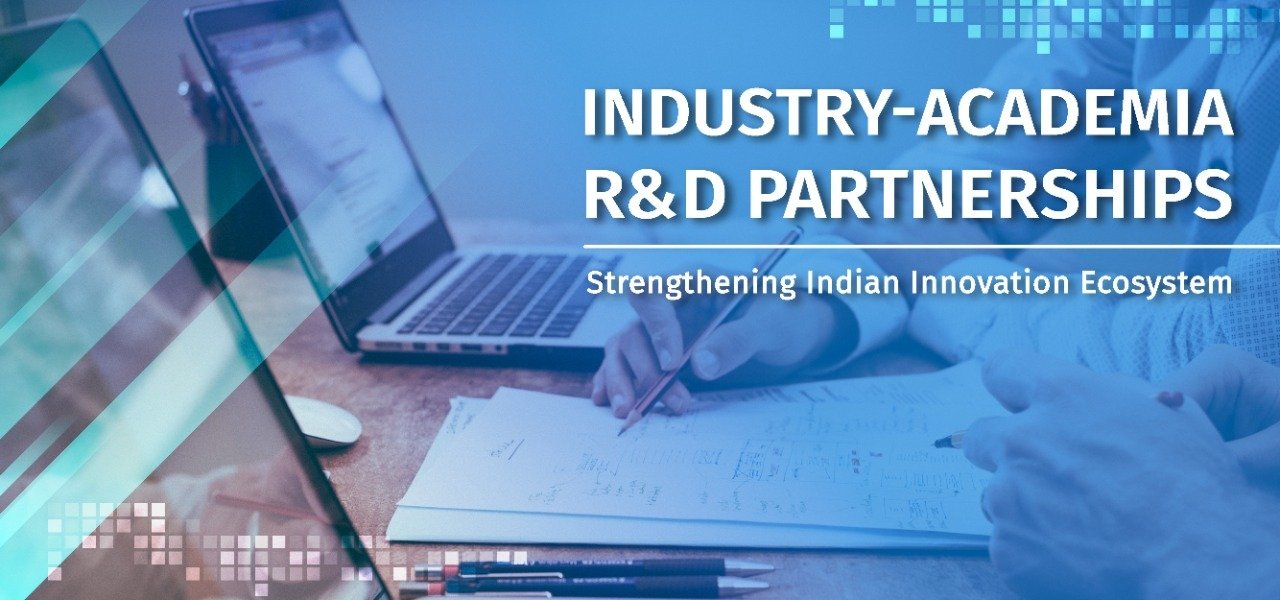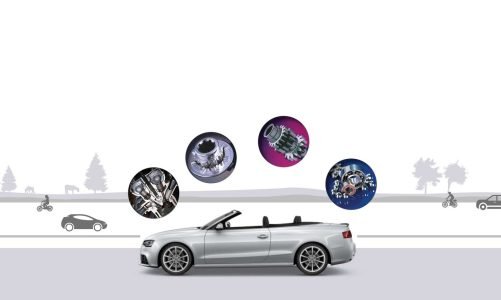
The development of Free-Electron Lasers (FELs) for Extreme Ultraviolet (EUV) lithography is too complex for any single organization to accomplish alone. Unlike incremental refinements to existing technologies, FELs require breakthroughs in accelerator physics, optical design, energy recovery, and fab integration. Meeting these challenges demands a collaborative ecosystem that spans industry, academia, and government institutions. GLOBALFOUNDRIES, MIT, and Japan’s KEK, along with other research universities, illustrate how this model is beginning to take shape. Erik Hosler, a specialist in advanced manufacturing strategies, understands that FEL progress will hinge on collective innovation rather than isolated advances. His framing underscores why collaboration is not optional but foundational to FEL readiness.
Case studies of industry-academia partnerships reveal how shared expertise accelerates progress. Universities provide deep knowledge in accelerator science and materials research, while semiconductor companies bring operational insight and fab requirements. By combining these strengths, partnerships ensure that FEL development remains aligned with manufacturing realities. The examples of GLOBALFOUNDRIES, MIT, KEK, and other institutions highlight the diversity of approaches, yet all converge on a common goal: building FEL systems capable of sustaining Moore’s Law into the next decade.
The Need for Collaborative Innovation
FELs are fundamentally different from previous EUV light sources. Their complexity spans multiple disciplines, requiring expertise in physics, materials science, semiconductor engineering, and systems integration. No single entity possesses all the necessary skills, making collaboration a necessity rather than a choice.
This reality has shaped the structure of FEL development worldwide. Partnerships between universities and semiconductor firms ensure that theoretical breakthroughs translate into practical designs. Government funding often supports these collaborations, reducing the financial risks and ensuring long-term continuity. The result is a research ecosystem where shared resources accelerate progress in ways that isolated projects could not achieve.
GLOBALFOUNDRIES: Linking Industry Needs to Research
GLOBALFOUNDRIES has played a visible role in connecting FEL research to industrial requirements. As one of the world’s largest foundries, it has direct insight into the demands of high-volume manufacturing. Its engagement in FEL-related discussions ensures that operational realities, such as uptime, throughput, and cost per wafer, shape research priorities.
By participating in collaborative programs, GLOBALFOUNDRIES provides more than funding: It brings test cases, performance benchmarks, and a framework for evaluating how FEL prototypes might integrate into fab operations. This feedback loop ensures that academic research is not disconnected from practical manufacturing needs, aligning scientific exploration with the semiconductor industry’s most urgent challenges.
Equally important, GLOBALFOUNDRIES demonstrates how the industry can share risks in early-stage technologies. FEL research carries uncertain timelines and ROI, making it difficult for universities to pursue without industrial partners. By investing in consortia and test programs, GLOBALFOUNDRIES helps spread costs while ensuring that progress is guided by the long-term needs of fabs, not only academic milestones. This risk-sharing model has become a blueprint for how other companies might engage in FEL development.
MIT and U.S. Academic Contributions
In the United States, MIT has contributed accelerator expertise and computational modeling to FEL development. Its research teams explore undulator physics, injector stability, and beam coherence, areas where academic depth complements industry priorities. MIT’s role also includes training the next generation of scientists and engineers, building a workforce that will eventually support FEL deployment in fabs.
Collaboration with semiconductor firms provides MIT researchers with access to real-world constraints, allowing them to tailor experiments and models to conditions that fabs actually face. This integration ensures that U.S. academic research feeds directly into the FEL roadmap, bridging the gap between theory and application.
MIT also extends its contributions beyond physics by leading in open-source modeling tools and workforce development. By publishing simulation frameworks and offering specialized training programs, MIT ensures that FEL knowledge is widely accessible. It not only accelerates technical progress but also expands the global pool of talent familiar with accelerator science, optics, and lithography integration. Such initiatives strengthen the ecosystem by making expertise more widely distributed.
KEK and Japanese University Collaboration
Japan’s KEK exemplifies how national laboratories and universities can work together to advance FEL technology. Its compact Energy Recovery Linac (cERL) program serves as both a research platform and a collaborative hub, involving multiple universities in accelerator and optics research. By pooling expertise across institutions, KEK accelerates progress in areas critical to semiconductor adoption, such as energy efficiency and compact facility design.
These collaborations also extend to industry, with semiconductor firms participating in experiments and providing feedback on fab requirements. The result is a balanced ecosystem where scientific exploration is tempered by practical constraints, ensuring that Japan’s FEL research remains globally relevant.
KEK’s cERL experiments are also becoming case studies in international collaboration. Researchers from Europe, North America, and Asia are joining Japanese teams to test ideas in beam stability, optics resilience, and energy recovery. This cross-border participation not only strengthens technical outcomes but also builds the global relationships needed to make FEL deployment a shared success rather than a regional effort.
Industry Perspectives on Collaboration
For semiconductor manufacturers, collaboration is not simply about advancing science, but also about aligning timelines and ensuring readiness for deployment. Industry leaders view FELs as essential for sustaining Moore’s Law, but they also recognize that the path forward involves solving problems that no single organization can tackle. Partnerships allow risk-sharing, accelerate problem-solving, and ensure that diverse perspectives contribute to solutions.
Erik Hosler notes, “Finally, the solution to keeping Moore’s Law going may entail incorporating photonics, MEMS, and other new technologies into the toolkit.” His remark highlights why FEL collaboration extends beyond accelerators. It involves drawing on innovations across multiple fields. This perspective reinforces the idea that industry-academia partnerships are essential, weaving together disciplines into a roadmap capable of sustaining semiconductor scaling.
Toward a Collaborative FEL Future
The FEL ecosystem reflects the reality that modern semiconductor innovation is inherently global and interdisciplinary. By combining the strengths of industry, academia, and government, the path to FEL deployment becomes not only more achievable but also more resilient. Collaboration ensures that technical breakthroughs translate into deployable tools, supported by trained talent and aligned with industrial priorities.
Partnerships like those between GLOBALFOUNDRIES, MIT, KEK, and universities worldwide will serve as blueprints for FEL progress. If these collaborations succeed, they will not only deliver a new class of EUV sources but also redefine how the semiconductor industry organizes innovation at scale. In this sense, FELs are as much a story of ecosystems as they are of technology.



